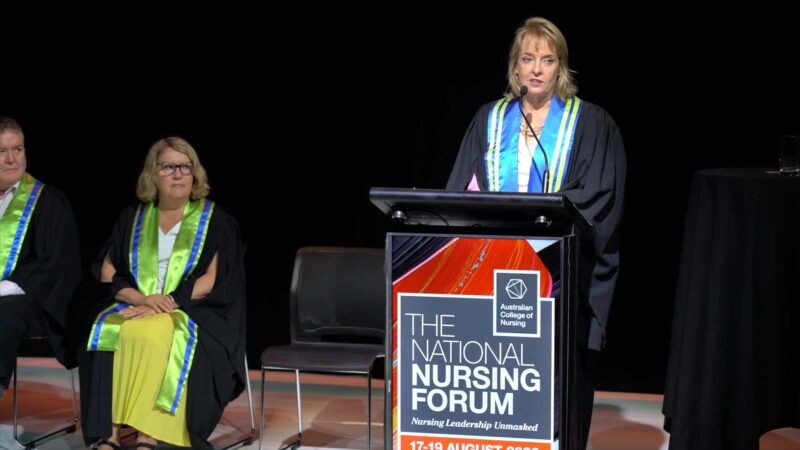Professor Ramon Shaban, Clinical Chair
Communicable Disease Control and Infection Prevention, Western Sydney Health Precinct
SYDNEY, AUSTRALIA
Bench Side Story continues with a Clinical Chair and Director of Communicable Disease Control and Infection Prevention at Western Sydney Local Health District,
Professor Ramon Z. Shaban, Clinical Chair and Director of Communicable Disease Control and Infection Prevention at the Western Sydney Local Health District, is the lead investigator and project director of the project which has received a 2022 MRFF (Medical Research Future Fund) Clinician Researchers – Nurse, Midwives and Allied Health grant for AUD$1.4 million.
You Might also like
-
Professor Sandy Middleton
NURSING RESEARCH INSTITUTE, ST VINCENT’S HEALTH NETWORK SYDNEY, ST VINCENT’S HOSPITAL MELBOURNE AND AUSTRALIAN CATHOLIC UNIVERSITY
NEW SOUTH WALES, AUSTRALIA -
Blister management and impact on firefighters
David Burns, a Senior Paramedic with LifeAid, a private paramedicine company in Victoria and, has a diverse background in healthcare. He began his career as a registered nurse, progressing to critical care nursing specialising in liver transplants and cardiovascular surgery.
At the Australasian College of Paramedicine International Conference, David presented research focused on the foot care of firefighters during prolonged bushfire campaigns. During the 2019-2020 bushfires, over 10,000 firefighters sought care, with nearly 50% requiring attention for foot-related issues. David emphasised that inadequate foot care could bench firefighters for up to 10 days, diminishing their ability to protect communities and critical infrastructure. Recognising the economic benefits of prioritising firefighter health, David advocates that ensuring their well-being allows communities to recover effectively and enhances safety for all involved in firefighting efforts.
-
Food and fasting periods as medicine to prevent disease
Professor Leonie Heilbronn is based at the South Australian Health and Medical Research Institute (SAHMRI), where she leads the Obesity and Metabolism laboratory. Her research is at the interface between basic and clinical science. She is internationally recognised for her work in nutritional modulation in humans and has made major contributions to our current understanding of mechanisms underlying conditions such as insulin resistance, particularly inflammation and lipid metabolism. She has also contributed significantly to current concepts of caloric restriction (CR), intermittent fasting (IF) and time restricted eating (TRE) in humans. She has published more than 110 peer reviewed papers in scientific journals and is an Associate Editor of Obesity, and Obesity Research and Clinical Practice.



